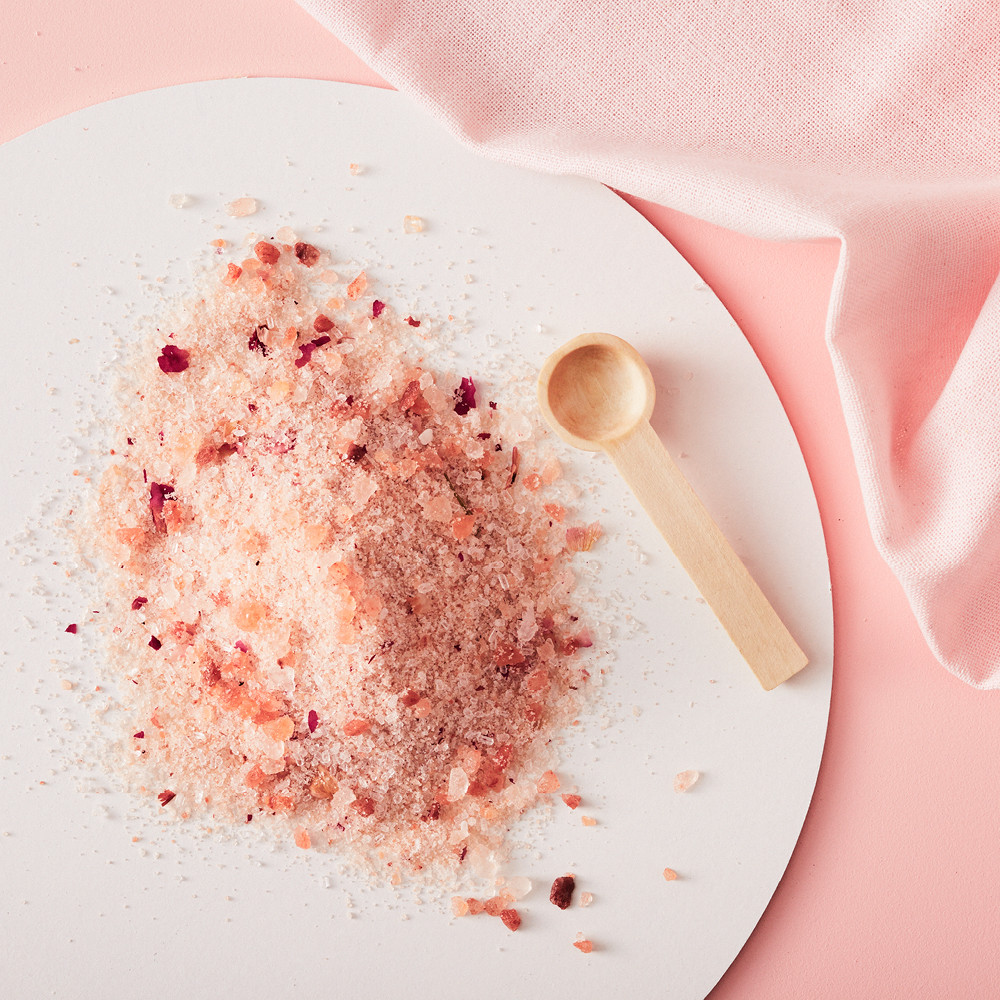Have you ever wondered why exercising seems easier – or harder – at certain times of the month? Many elite female athletes are using their periods to help them get the most from their training schedules, and you don’t have to be off to the Olympics to see the sense in working with your hormones. Here’s how the four phases of your cycle can affect your exercise regimen. Note! This applies to the natural menstrual cycle. If you’re on the pill, your hormonal balance won’t be the same.
Week 1: The menstrual phase Also known as, um, ‘your period’, this is a time when progesterone and oestrogen levels are low. You might not be feeling tip top right now, but if you can wait until the worst has subsided, it’s actually a great time to go hard in the gym! Not only is exercise great for soothing cramps and elevating your mood, strength training in this phase can lead to better than average muscle gain. It will also speed up your metabolism, helping keep your weight healthy. TIP: If your period is heavy, you may need to boost your iron levels to stay energised. Eating iron-rich food such as spinach, red meat, shellfish and quinoa should help to reduce fatigue.
Week 2: The follicular phase Between the end of your period and ovulation, you’re still in the low hormone phase, but oestrogen is starting to rise. We tend to feel strongest in this phase, and that rise in energy levels and mood can combine to set some new PBs! This is the time to pack in the back-to-back workouts. Rising oestrogen (while progesterone is still low) has also been found to improve sleep quality, so you can leap out of bed, ready for action… maybe. TIP: Make sure you warm up properly. Oestrogen can make your joints less stable and prone to injury at this time.
Week 3: The ovulation phase Just after ovulation is the time to begin the switch from high intensity to nice and steady. Progesterone is elevated, and oestrogen is also medium-high, so you’re unlikely to see the strength gains you did in the first half of your cycle. Get out of the gym and go for a ride on your bile, or run at a steady pace. TIP: Don’t forget recovery. When progesterone is high it may feel as if it takes longer to recover, so take some days off.
Week 4: The late luteal phase About nine days after ovulation, both oestrogen and progesterone levels fall. This drop is what causes the various PMS symptoms that can affect your performance in the gym. Now is a great time to focus on skills such as flexibility and core stability. Get out the mat and try some yoga or Pilates, which will also help with irritability, depression and sleep. TIP: Fuel up with protein There are higher energy demands on your body during this phase. You’ll probably feel like eating more in general, but eating more protein will also help to boost levels of serotonin in the brain, reducing the severity of PMS.





